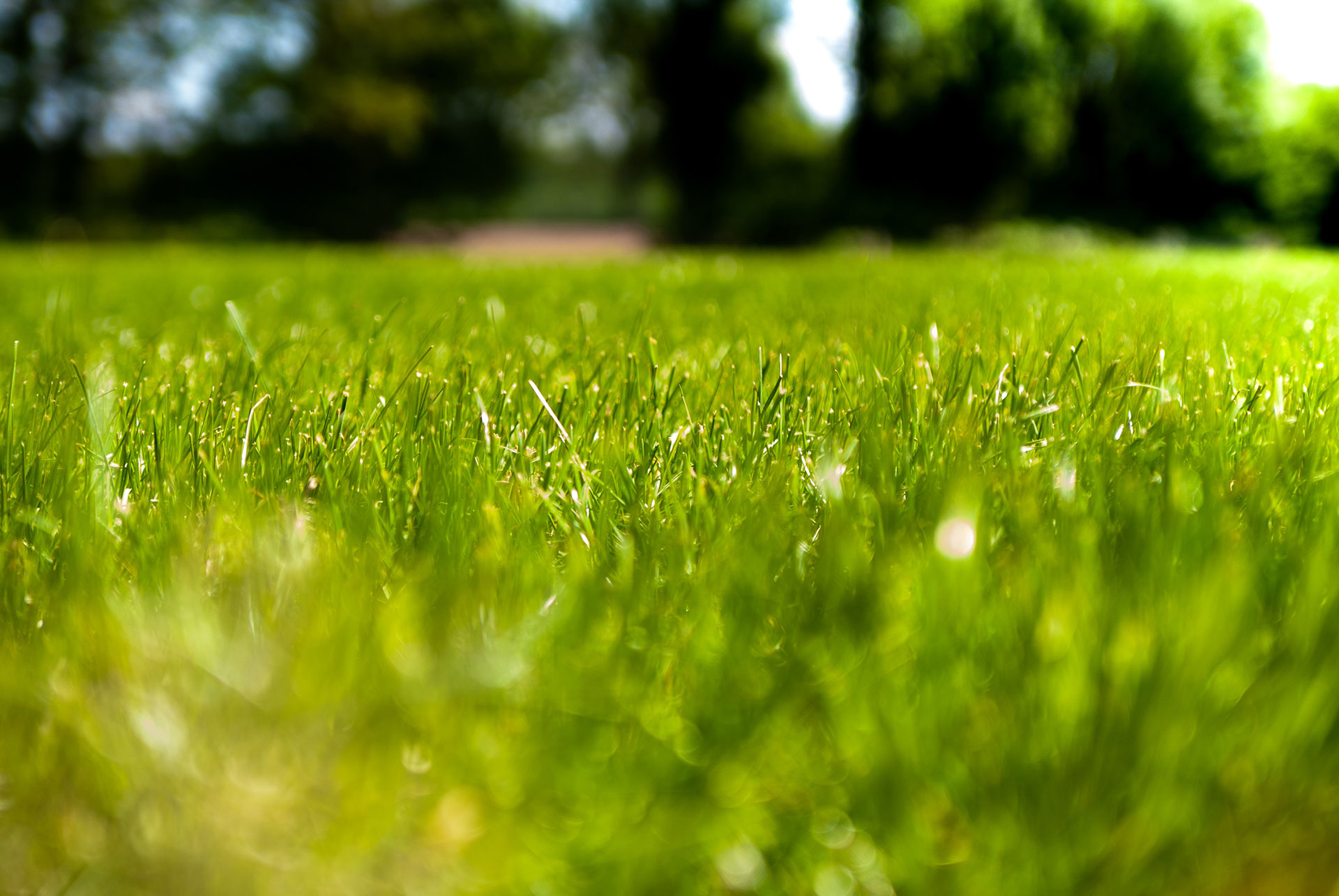
Geese
Geese readily feed on grass surrounding ponds where they live and, over time, can cause significant turf damage. In addition, grass passes through geese quickly and geese often leave their droppings in the most undesirable areas – gold greens, walkways, and picnic areas.
Geese can be difficult to disperse once they become established on a pond or feeding site, so control methods should be implemented before they become acclimated. Steep-sided ponds are less attractive than ponds with shallow shorelines or open beaches. Overhead grids of wire or monofilament line can prevent geese from landing on ponds. Either 3-foot woven wire fences or short two-strand electric fences can keep geese out of an area.
Turf areas of certain grass species are less attractive to geese. For example, geese prefer bluegrass to tall fescue, so planting tall fescue can reduce grazing in golf courses, parks or cemeteries. Other plants that make an area less attractive to geese are shrubs and tall trees. Tall trees interfere with their flight paths, and shrubs reduce their on-ground visibility. A repellent containing the active ingredient methyl anthranilate (grape-pop flavoring) is registered for use on turfgrass. It may help repel geese from golf greens and areas around privately owned ponds.
Geese can be frightened from ponds and surrounding turfgrass areas by a variety of visual or noise-making devices. Scarecrows, balloons, flagging, mylar tape, propane cannons, pyrotechnics, sirens, recorded distress calls, coyote and red fox silhouettes and herding dogs have all been used with varying degrees of success. Some general rules of application are to start early, be persistent, vary your presentation and use a variety of frightening devices. Be aware that local ordinances may limit the use of some of these techniques.
Local flocks that have overpopulated an area can be captured and transported to other areas if necessary. Adults lose their ability to fly in early summer and thus can be herded into walk-in funnel traps. The goslings that are still unable to fly can be captured and transported to other areas if necessary. Adults lose their ability to fly in early summer and thus can be herded into walk-in funnel traps. The goslings that are still unable to fly can be captured at the same time. Federal and state permits are required before geese can be captured. In addition, federal and state wild-life agencies must agree on a suitable release site.
Lethal control is an option with geese, but you must abide by federal and state laws when implementing such practices. No toxicants are registered for controlling Canada geese or other species of waterfowl. Where it is safe and legal, hunting is the preferred method of controlling geese populations. The Missouri Department of Conservation can provide current information on goose hunting in your area.


